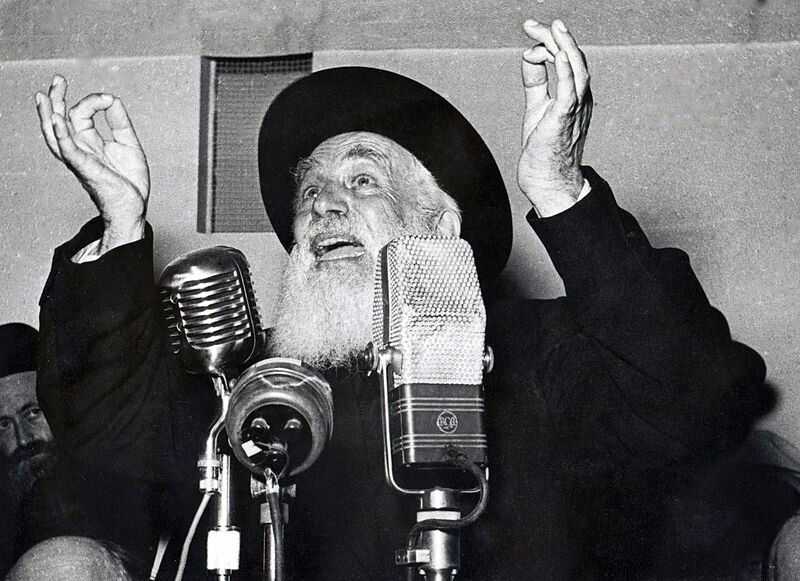In light of the recent Black Lives Matter marches and toppled statues, how viable are historical monuments?
There’s an apocryphal story of Yosef Kahaneman, rabbi of the Ponevezh Yeshiva in the 20th century, travelling through Rome in a cab. From the back seat, he calls to his driver to stop at the Arch of Titus. He gets out and, as he approaches the monument, starts shouting at its depiction of Jerusalem’s ancient temple being pillaged by the Romans during the First Jewish-Roman War (66-73 CE).
"Titus! Evil Titus! Take a good look at what has occurred!" he screams through the rain. "You dragged my hapless people out of our land two millennia ago and led them into an exile from which they were never to return. You went home to Rome – the most powerful nation on Earth – in glory and triumph. But Titus, where are you now? What has become of the glory that was Rome? What has become of the infallible empire that was supposed to last forever? The Jewish people are still here and continue to flourish. Titus, mir zenen noch do! Avu bist du? [Titus, we are still here! Where are you?]"
Rabbi Yosef Kahaneman © Photo Birnfeld/Wiki Commons
Questions about our legacy as a nation have occupied public debate over the past month and culminated in Oxford’s successful campaign to remove a monument to Cecil Rhodes from Oriel College. For many, it finally expelled a man whose legacy of racism and oppression had leered over students for the past century. I remember glaring up at portraits of past masters at my college, Sidney Sussex, Cambridge, wondering what they would’ve made of a Jew drinking kosher wine in a hall with his fellow coreligionists. Like Rabbi Kahaneman, I felt a rich irony toasting l’chaim with their pictures in view, thinking: "I'm here now and their exclusionary policies are long gone."
For others, however, irony is a privilege that’s yet to be felt. Statues continue to stand as an ugly reminder of the continued pain of a persecuted people and cruel legacies that still run deep in the structures of our society. With this in mind, many have questioned the viability of monuments. A statue of the first female MP Nancy Astor was unveiled last year to much acclaim by Theresa May but within a week of its installation, antisemitic quotes from her diaries and correspondence rose to the surface and calls were made for the statue to be removed. There are no easy answers to the questions surrounding this, but the current situation we find ourselves in allows the opportunity to reflect on how we deal with an emerging ugliness that many national monuments maintain.
Statue of Cecil Rhodes, Oriel College, Oxford © Christopher Hilton/Wiki Commons
Perhaps there's an answer in Rabbi Kahaneman's words; not sneered ironically, but thoughtfully considered. On viewing Astor's statue we might ask, "Where is she found in society today?" Her proud legacy exists in an open democracy that is more representative than ever before, with two female prime ministers having occupied Downing Street. A legacy of another kind exists, however, in a hatred of Jews that continues to poison the far right and left. Sometimes no good legacy remains, so a statue might deserve removal for its unequivocal grotesqueness. Such a case could be made for the Rhodes statue in Oxford, but that mustn’t stop us questioning his legacy wherever it appears. Cecil Rhodes, Avu Bist Du?
By Samuel Isaac
Header image: Rhodes Building, Oriel College, Oxford © Wiki Commons
Samuel Isaac is a recent graduate and presents a monthly show on Soho Radio exploring the relationship between art and faith in London. Follow him on Twitter: @ShmuIsaac.



